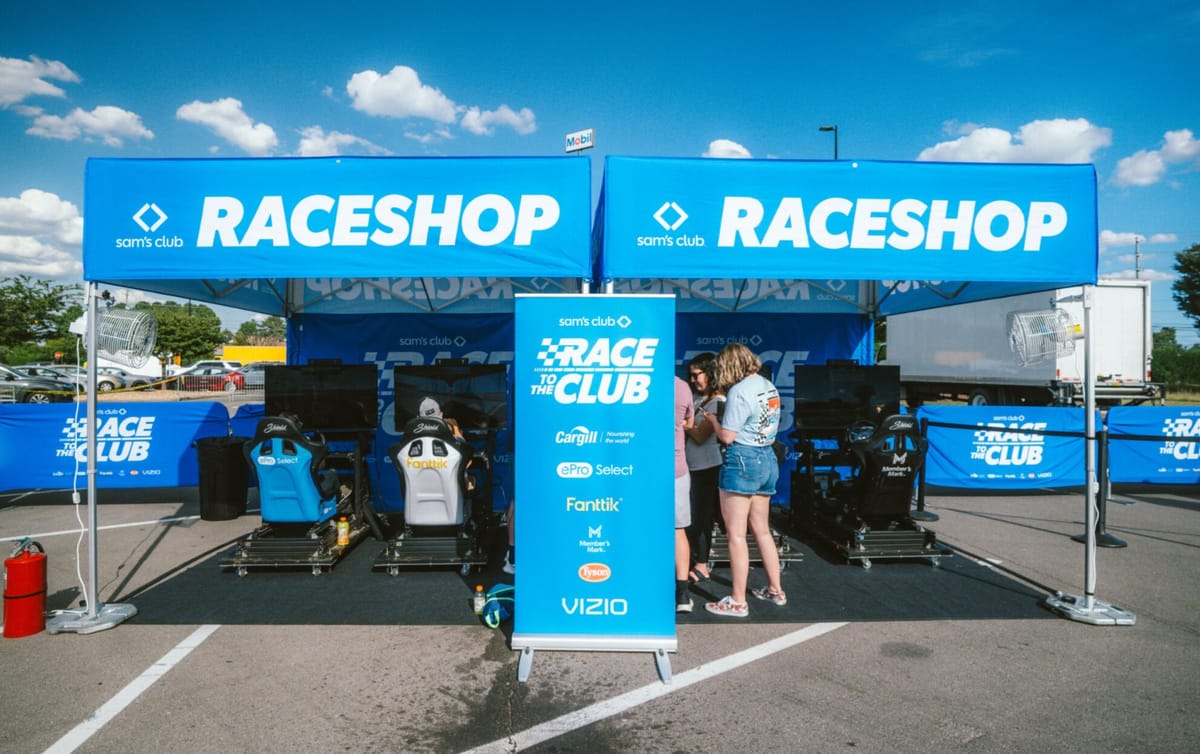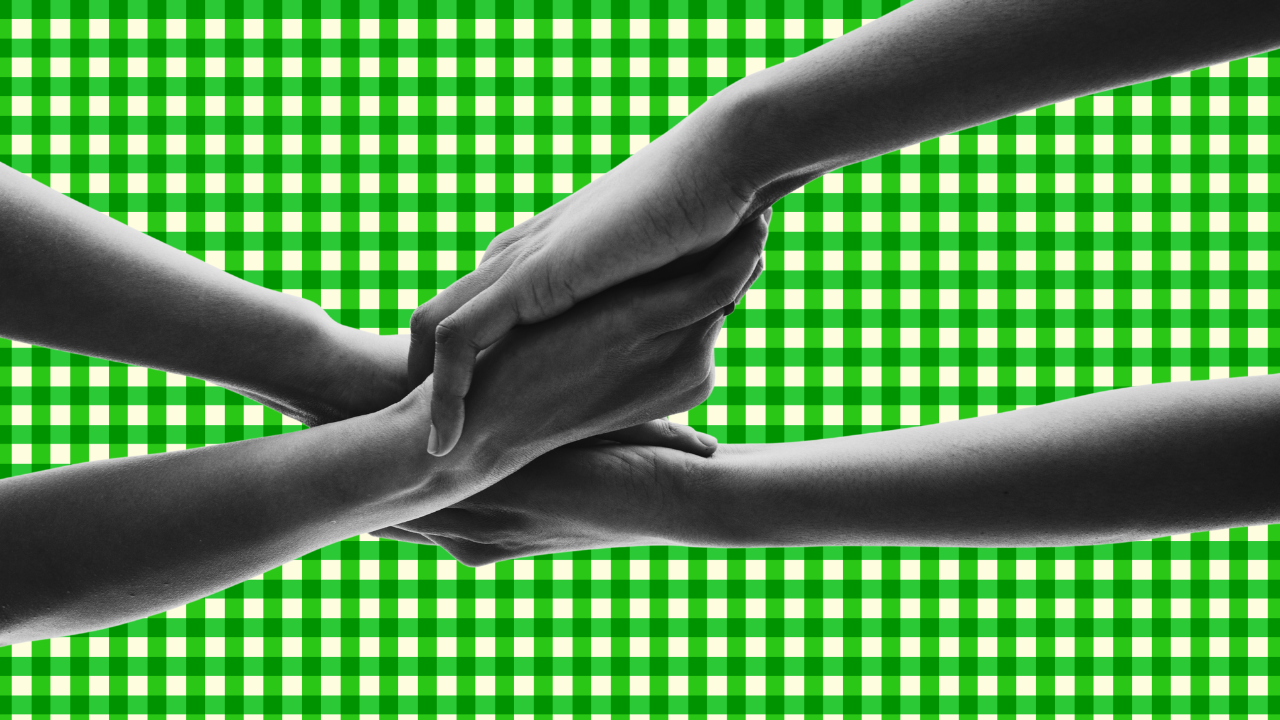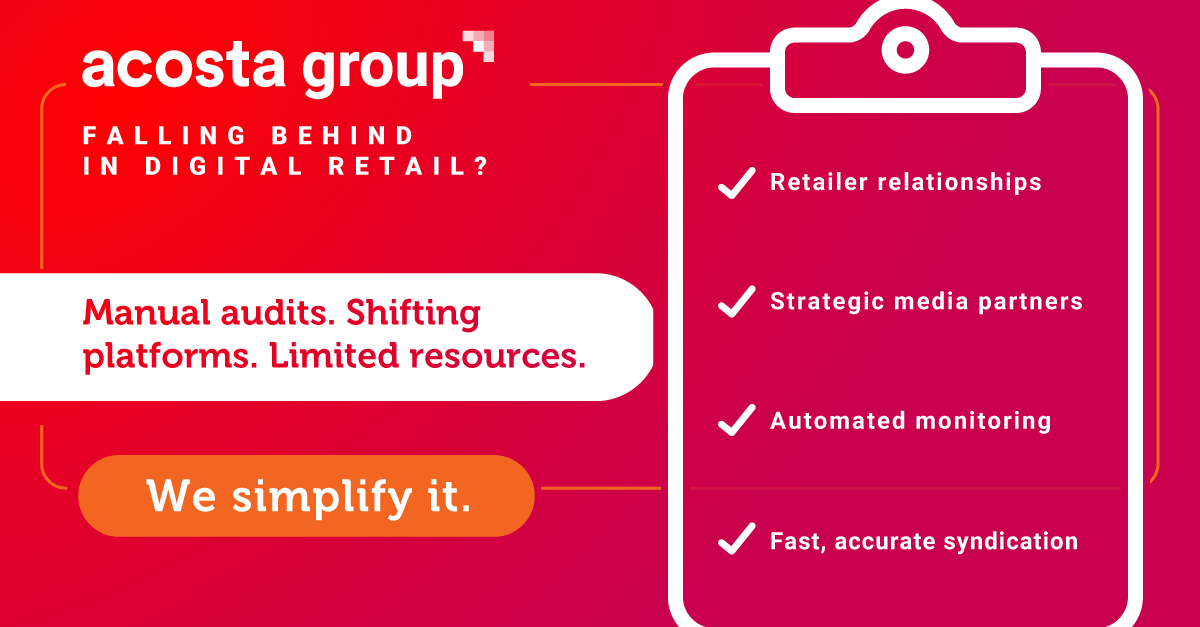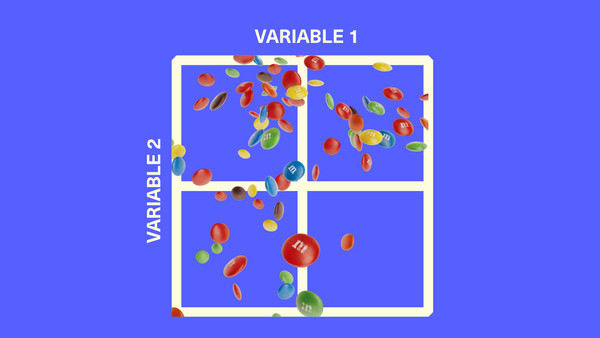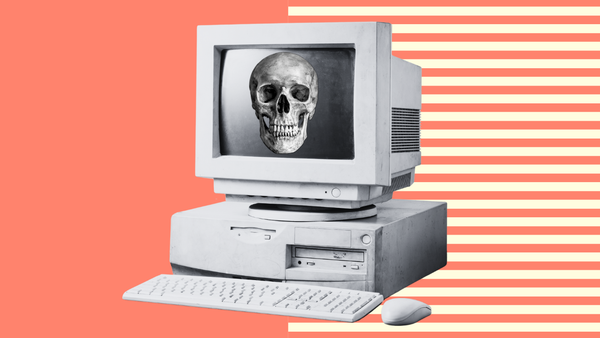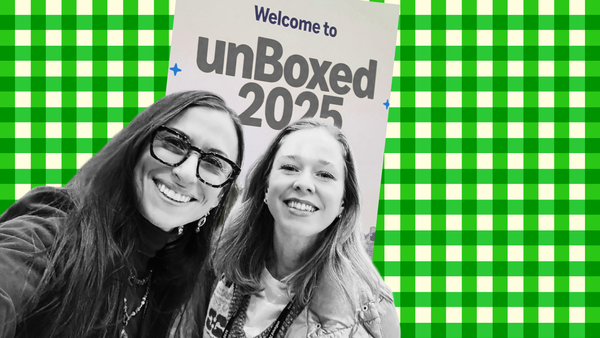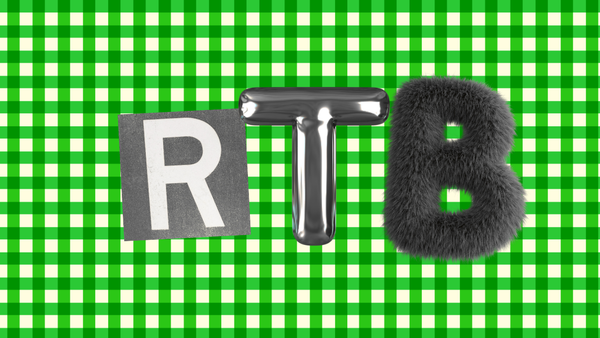Best Buy Wants To Become An Ad Platform, Not Just Another RMN
But the really interesting part of Best Buy's upfront-style 'We Got Next' showcase was how the electronics giant positioned itself as infrastructure that other retailers can plug into for data collaboration and audience extension.
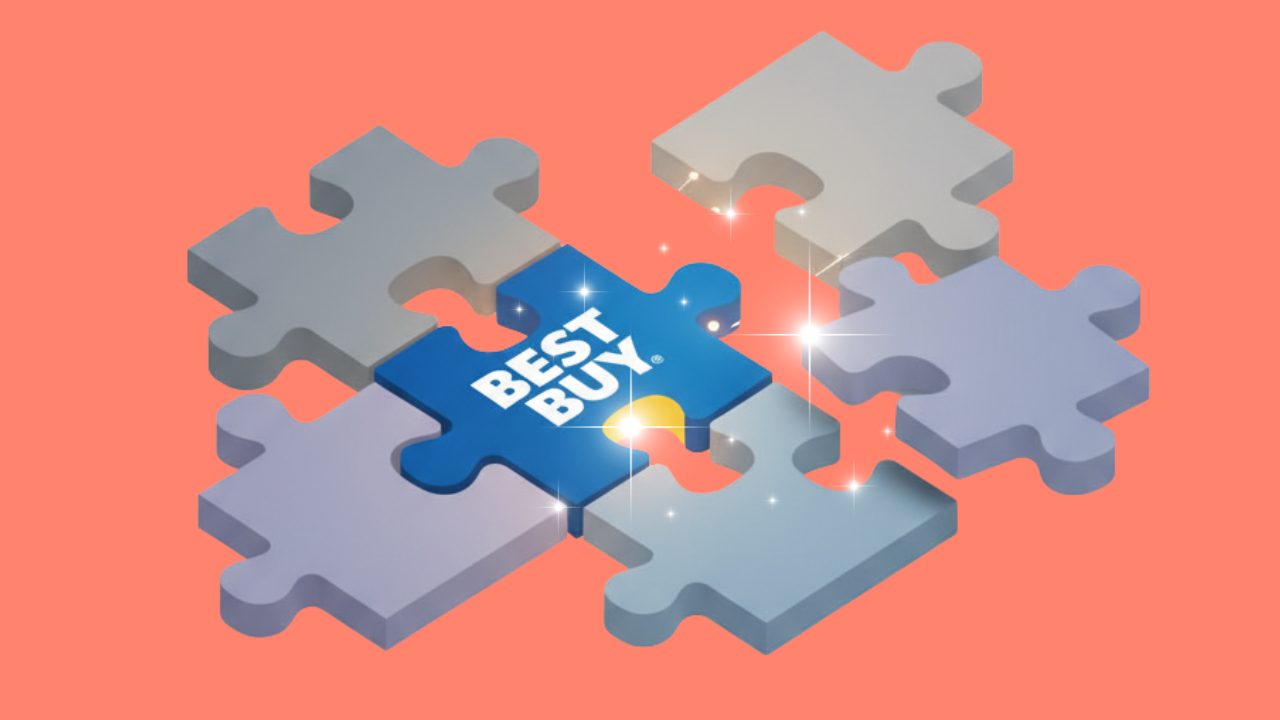
This piece is adapted from my original article for The Drum, published September 16, 2025, following Best Buy's "We Got Next" advertising showcase.
A couple of weeks have passed since Best Buy's splashy media upfront, and I'm still thinking about the platform ambitions the company outlined—ambitions that go well beyond typical retail media network expansion.
While over 200 retail media networks compete by building walls around their data, Best Buy is opening the door to collaboration. As Lisa Valentino, President of Best Buy Ads, told me: "If another retailer or another RMN wants to work with us to build out a data set of customers that might purchase across multiple retailers, we're all in."
Best Buy announced a raft of innovations at "We Got Next", including:
- New in-store ad packages
- Sports partnerships (NFL, Tomorrow's Golf League)
- Self-serve platform launching 2025
- Offsite expansion plans
But the really interesting part to me was Best Buy positioning itself as infrastructure that other retailers can plug into for data collaboration and audience extension.
Why Best Buy Wants To Become An Ad Platform
Brands work with an average of just six retail media networks despite over 200 being available. The system is broken—not because retailers lack ambition, but because the fragmented model doesn't scale for advertisers managing budgets across dozens of retail relationships.
Best Buy's platform play addresses this through category focus that creates natural partnerships. Unlike Amazon (which competes in basically everything), Best Buy is a category specialist. When Valentino says they can partner with "anybody who has a commerce presence"—retailers, QSRs, mobility platforms—she's not asking potential partners to collaborate with a direct competitor.
Milena Krasteva, VP Product Management - Advertising Technology at Best Buy, expanded on the vision: "Conceptually, we're just at the beginning of what people need. Why limit it to just a clean room? You can have a tech stack. There's adjacencies that you can leverage—they could be completely disconnected from a category perspective. But the shopper is the shopper."
A grocery chain sees shoppers buying weekly staples. McDonald's sees breakfast routines. Best Buy knows when someone's upgrading their entertainment system. "Combining that data allows all of us to be more relevant to the shopper, more precise in our marketing and advertising. It's a win-win-win."
Amazon launched Amazon Retail Ad Service with similar platform rhetoric. The company recently signed Macy's as a new partner. But the move has prompted skepticism about letting the fox into the hen-house, competitively. So why would Best Buy's approach be different?
| Dimension | Amazon | Best Buy |
|---|---|---|
| Competitive Overlap | Competes directly in most categories | Category specialist—no conflict with grocers, apparel |
| Trust Factor | Will Amazon fairly distribute budgets to competitors? | No private label threatening brands |
| Partner Perception | Platform conglomerate | Merchandising partner with specific expertise |
When your time, budget and team are already maxed out, keeping up with retailer platforms and media requirements can feel like a never-ending labyrinth. That’s why even the best brands bring in an execution partner.
Acosta Group makes retail media execution simpler. They stay ahead of every platform update, tech shift, and media spec. So your campaigns actually show up and perform—without draining your team.
What "Open Platform" Actually Means
I pushed both Lisa and Milena on specifics. What does a Best Buy platform actually look like for other retailers?
Three Value Propositions:
- Technology Layer
"As you create that tech stack, you can allow others to leverage it," Milena explained. "Run a retail media network on-site and extending the audience reach off-site—you need technology. Whether it's bidding, reporting, measurement, media mix modeling." - Data Collaboration
"This data passes through our collective pipes, and we get a better understanding of the shopper. That's another value proposition. And that in turn makes a more performant, more powerful tech stack." - Unified Attribution
"Our ambition is to be completely transparent and to have unified attribution so that there's no question of is this duplicated in any way," Milena said. "Now it'll take time to get there, but it's more about the principle behind what we want to build."
Lisa framed the business case: "When clients look to us, they want the largest scale and reach and they want the performance behind that. We do that obviously through Best Buy and through our own channels, but through partnership and through these types of collaborations in the future, we get to much larger outcomes."
The Experiential Bet: Physical Retail's Resilience
What struck me most was how central physical retail is to Best Buy's entire strategy—not as a legacy asset to be monetized, but as their "secret weapon."
Lisa's pitch: "We have a thousand stores that we can light up. That we can play with. It becomes a really interesting engagement zone for customers."
The data point that makes this work: 93% of all Best Buy transactions tie back to a customer ID. That level of shopper recognition, combined with physical presence, creates opportunities most pure-play digital retailers can't match.
"One of the first data pieces that got me excited was that 93% of McDonald's and Starbucks are within a one-mile radius of a Best Buy," Lisa told me. "You think about the amount of traffic coming in and out of our stores every day, and as folks are checking out—forget about all the physical retail we'll use in innovative ways—what about just being able to pay that off with an offer?"
The New In-Store Pilot:
Best Buy is launching what they call "high-impact experiences" for both endemic and non-endemic advertisers:
- Take over entire stores with large-format digital and print
- Create "omnichannel experience" threading from physical to on-site to off-site
Best Buy isn't starting from zero. The Nintendo Switch example from their showcase demonstrates this in action. Best Buy noticed customers overwhelmingly chose in-store pickup for Switch purchases and built experiential moments around it—turning a fulfillment preference into an engagement opportunity.
Potential categories: Movie studios for big launches, automotive test drives, financial services, QSRs targeting the gaming/sports demographic.
"When you can provide an omnichannel experience where you have high impact in-store and pull that thread to your on-site and off-site messaging—that becomes de facto immersive," Milena noted.
This matters because as I've argued before, physical retail may be the most AI-proof part of the advertising business.
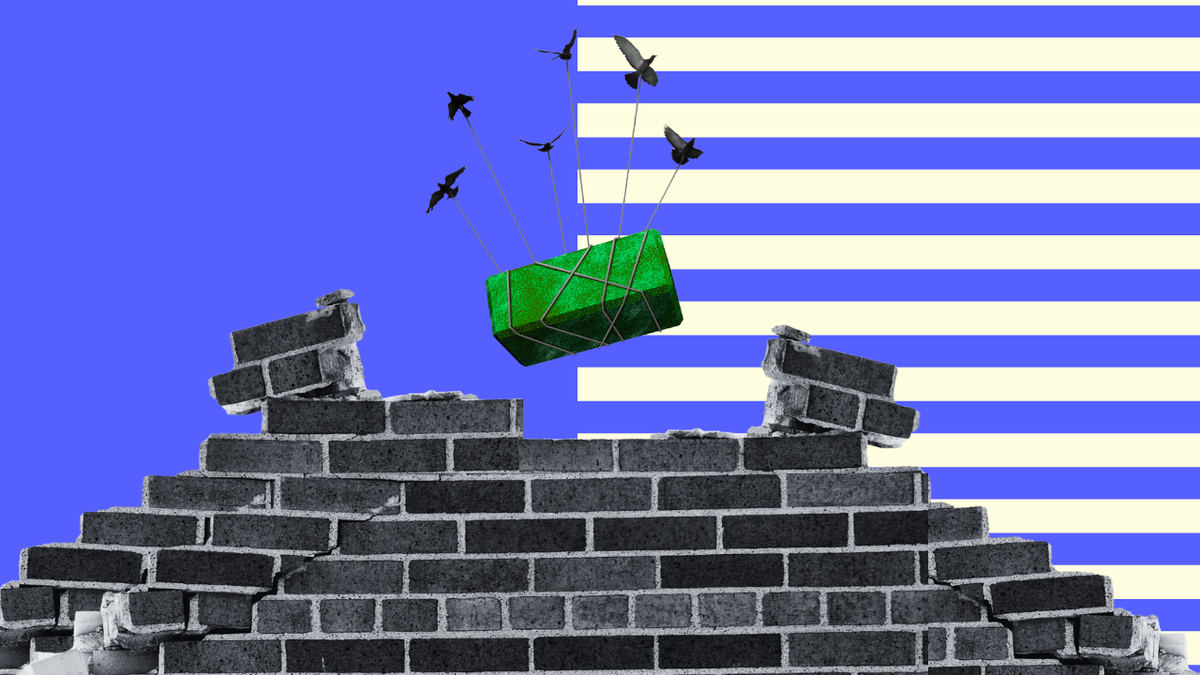
The Real Test: Culture vs. Economics
Best Buy's platform vision is technically feasible. The real question is cultural: Will retailers embrace collaboration, or will competitive instincts win out?
Platform businesses require participants to surrender some control for collective benefit. That runs counter to retail's traditional mindset.
But the economics are compelling. As Milena put it: "This is a very fragmented space. It keeps morphing. It becomes harder and harder for each individual player in the ecosystem to execute on this."
The retailers who figure this out—who can collaborate on infrastructure while competing on merchandising—may be the ones who survive retail media's inevitable consolidation.
Read more from me on related topics:
